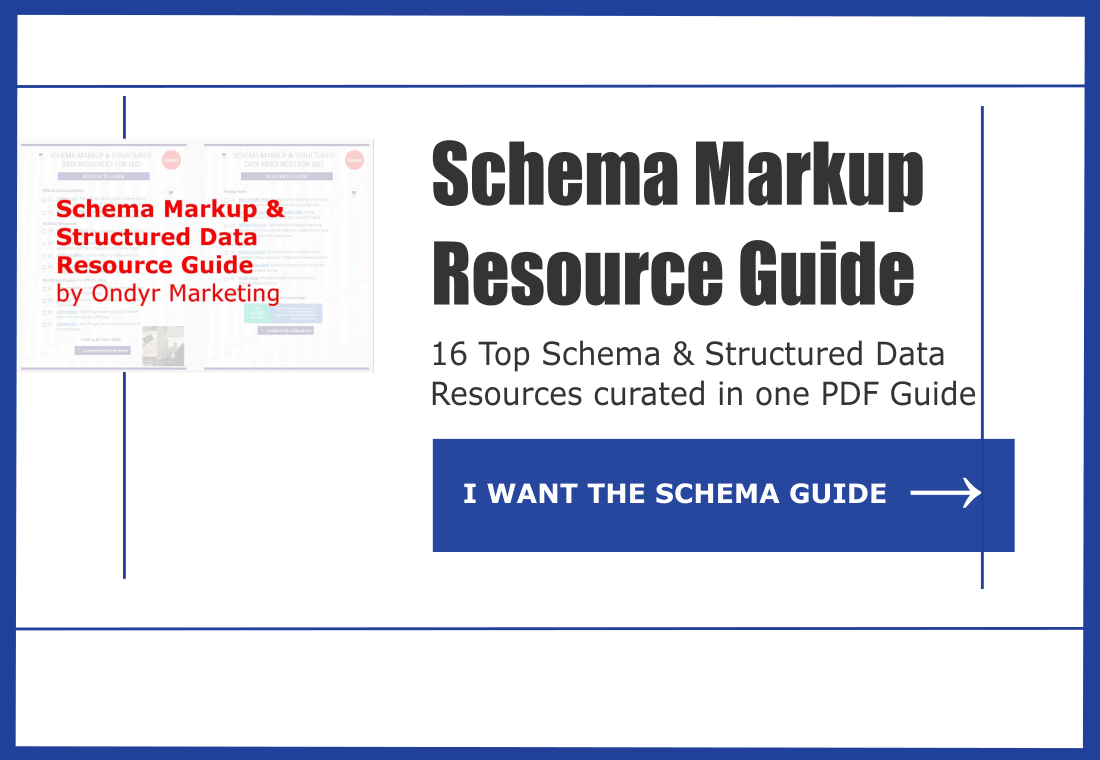How to get started with schema markup and structured data
You’ve heard the reasons to add schema markup, aka structured data, to your site and you want in on the action.
So what’s the best way to get started with schema markup and structured data?
That’s exactly what we’ll cover in this article.
Read further to learn all the options and avoid rookie mistakes.
1. Choose what schema to include
First, you need to determine which types of schema markup are relevant to your website.
Start with the most commonly used schema types:
- Organization
- Products
- Offers
- Restaurant
- Job Posting
- Ratings
- Data
- Recipe
- Breadcrumbs
- Event
- Local Business
- Article
- Review
- Movie
Make a list of any that apply to your website, business, or organization.
The rest of the 600 schema types
If you are serious about schema and looking to utilize it to its fullest, look over the rest of the over 600 schema types. The full list can be found on schema.org.
The list can be a bit daunting due to its size and technical nature but at least familiarize yourself with it. If you find a less common schema that is a good fit for your organization then you could differentiate your site by being an early adopter of that schema type.
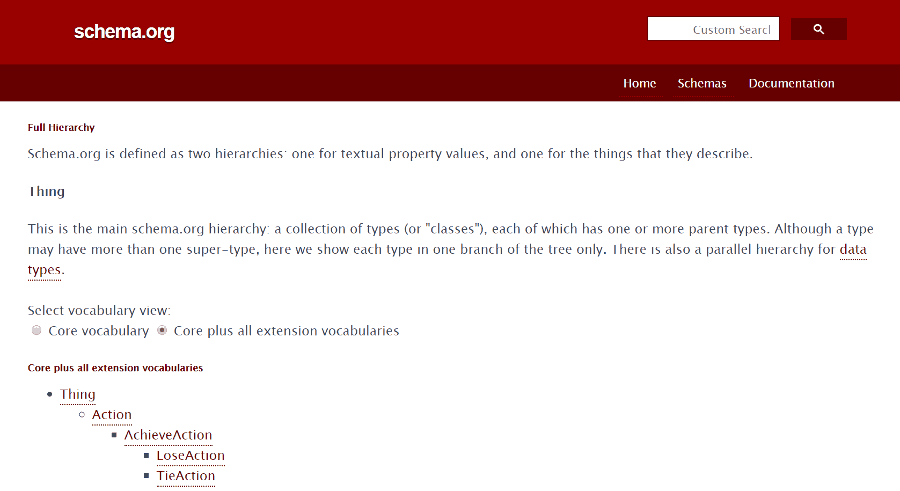
It’s important to know upfront all the schema types you wish to implement before choosing your implementation method.
You don’t want to start implementing schema using one method (say a free plugin) only to find your method doesn’t support all the structured data you want to add. This mistake would require you to switch your implementation method and waste all prior progress.
2. Prepare data to populate the schema
Next, prepare the information needed to populate the schema markup. For example, if you are adding the organization schema markup then you would typically want at least organization name, website, social account URLs, and logo file. For product structured data code, you may want to include product SKU, product image, price, and weight.
How do you find what fields you can include in structured data? Go to schema.org (here's the listing on the organization schema). The potential fields for attributes can also be daunting but look at the example code to get a more concrete sense of what schema information to include.
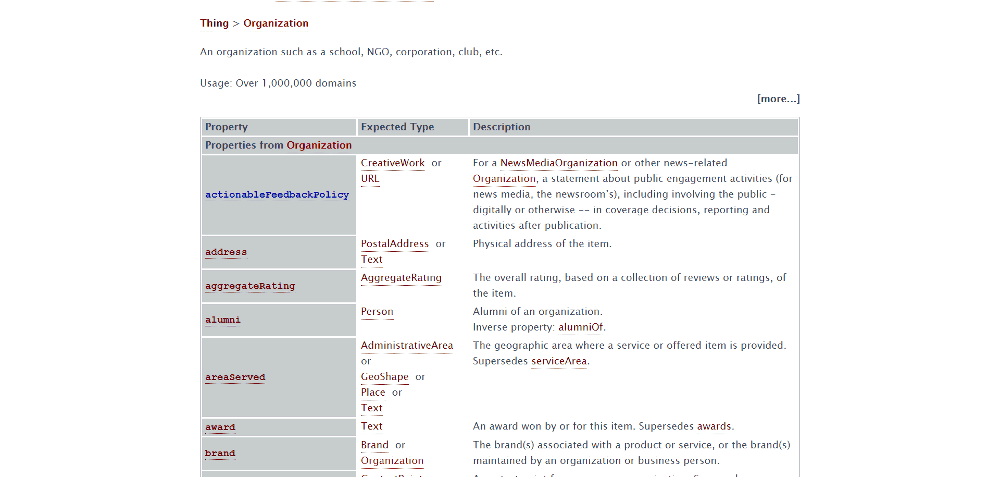
Also, you may want to start collecting additional data as it will help expand your schema markup options.
Want rating stars in your search results for a product or recipe? You first have to collect ratings on your site. (Yes, on your site. You can’t use ratings from other sites such as Yelp or Amazon).

For recipes, you may want to find out nutritional information if you haven’t as that is information that can be added to the recipe structured data.
3. Decide the method to add schema to your site
Free Plugin
If you just want to implement basics, then you might be fine with a free plugin.
But, of course, free plugins have restrictions. The typical restriction for free (and freemium) schema plugins is they only cover a few of the most popular types of schema markup. So if you only want to add a few of the popular schema types, you may be fine with some free plugins. But if you want to add something a little less common like automobile listings (to pick one example out of 600), you would be out of luck.
Here is one of more popular free plugins: Schema
https://wordpress.org/plugins/schema/
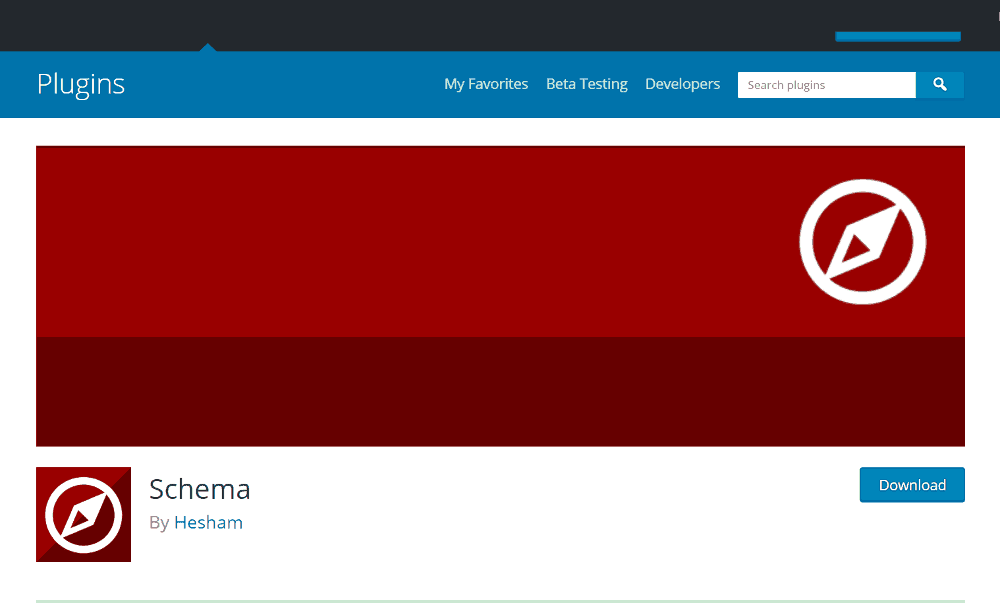
Paid Plugin
Paid plugins are a step up in terms of functionality. These are often premium versions of the free plugins that feature more schema types that you can implement.
Most paid plugins will still not support all 600 schema types. So definitely inquire about which schemas they work with before buying.
Using plugins is as simple as entering information into fields into the backend of your site. Go to the plugin company’s documentation for specifics.
Here is a paid plugin that I have used that you should consider: Snip
https://rich-snippets.io/

Add JSON code directly to the page
If you are a bit more technical and feel comfortable with code (even if copy and pasting with slight edits), then considering adding schema directly to your page’s HTML.
This requires having access to the website codebase and a working knowledge of JSON (there are other methods to implement schema like micro and RFD but we recommend JSON). The best place to add the JSON code is in the page's header.
Visit schema.org for some very helpful JSON code examples.
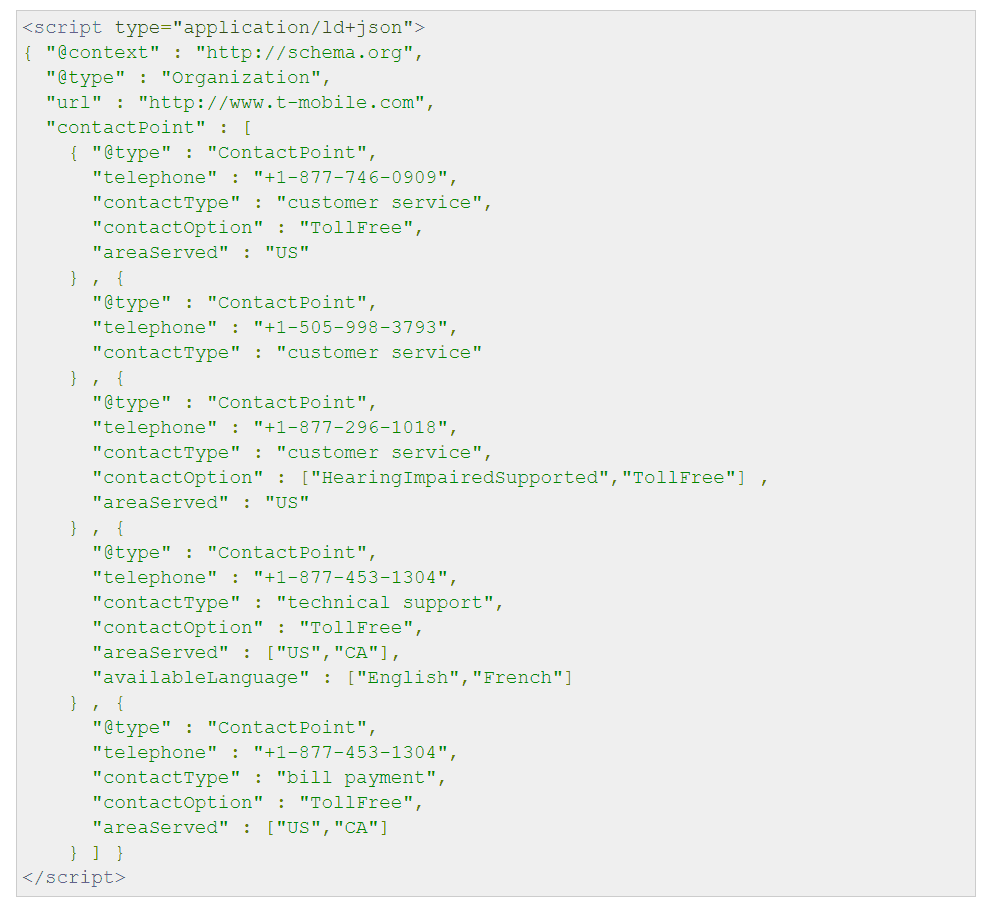
Lastly, add the JSON to your page through either your theme or directly to your page’s HTML.
To learn more about this method, a great place to start is Google's CodeLabs tutorial on Adding Structured Data.
Google's Data Highlighter Tool
Google has a tool to mark up structured data called Data Highlighter. Currently, it can only be found in the old version of Google Search Console. Honestly, it seems like an older, deprecated tool and it's unclear if it will even be available in the new version of Google Search Console. This, in addition to its limited functionality, leads us to recommend other implementation methods.
Data Highlighter is a point-and-click tool that allows you to tag up your site with structured data without the use of code. It's fairly easy to get started but also a bit of a clunky experience and only works for nine basic schema types like article, restaurant, and event. We felt limited in what we could do. Although if you only need to mark up a few basic items on your page and you don't have access to your website's codebase, this could be an option to check out.
4. Test schema/structured data for proper implementation
Fourth, test that your schema was correctly configured by entering the URLs into Google’s Structured Data Testing Tool or the newer Rich Results Test (which is set to replace Google's SDDT).
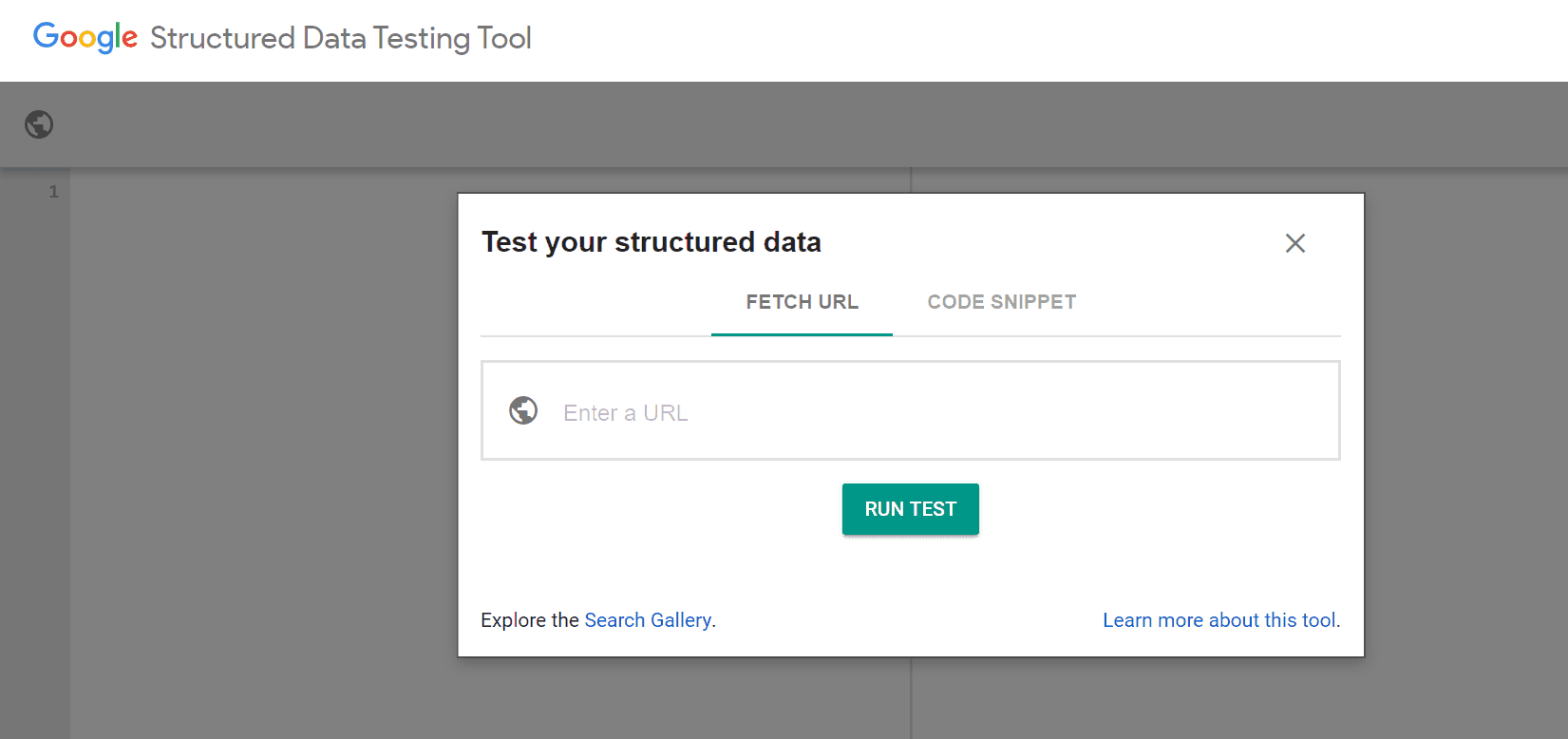
Use the Preview button to see how it will look in the SERPs (Search Engine Results Page).
Make sure there are no errors.
Warnings, on the other hand, are recommendations but not absolutely necessary parts of structured data to address.
Note, just because you add schema markup to your site, doesn’t necessarily mean that your search result appearance will change. Google has to crawl your site again to find the changes (you could wait or be proactive and submit the URL for re-indexing using Google Search Console). Also, Google may not decide to show structured data for your search results. Unfortunately, that part is mostly out of your control.
So there you have it: the four main parts to getting started with Schema markup.

